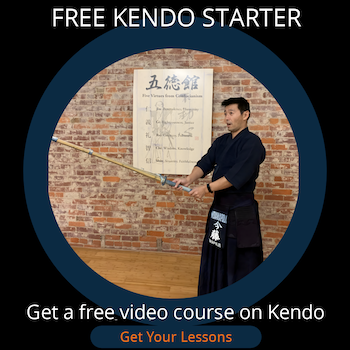Need Kendo Instructions?
You Got It!
You Got It!
Comments for The difference between Japanese kendo and Korean kendo
|
||
|
||
|
||
|
||
|
||
|
||
|
||
|
||
|
||
|
||
|
||
|
||
|
||
|
||
|
Click here to add your own comments Return to The difference between Japanese kendo and Korean kendo . |

